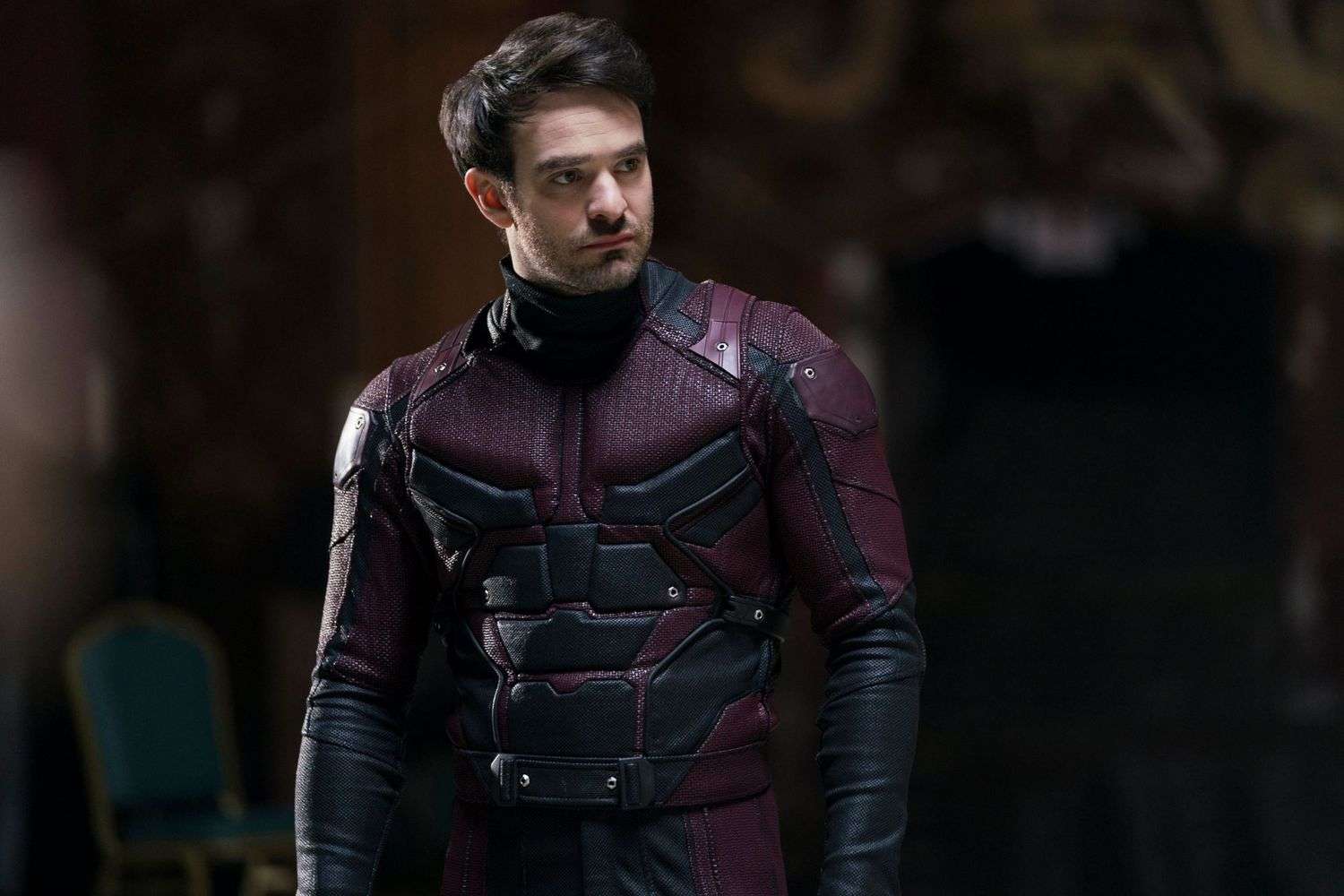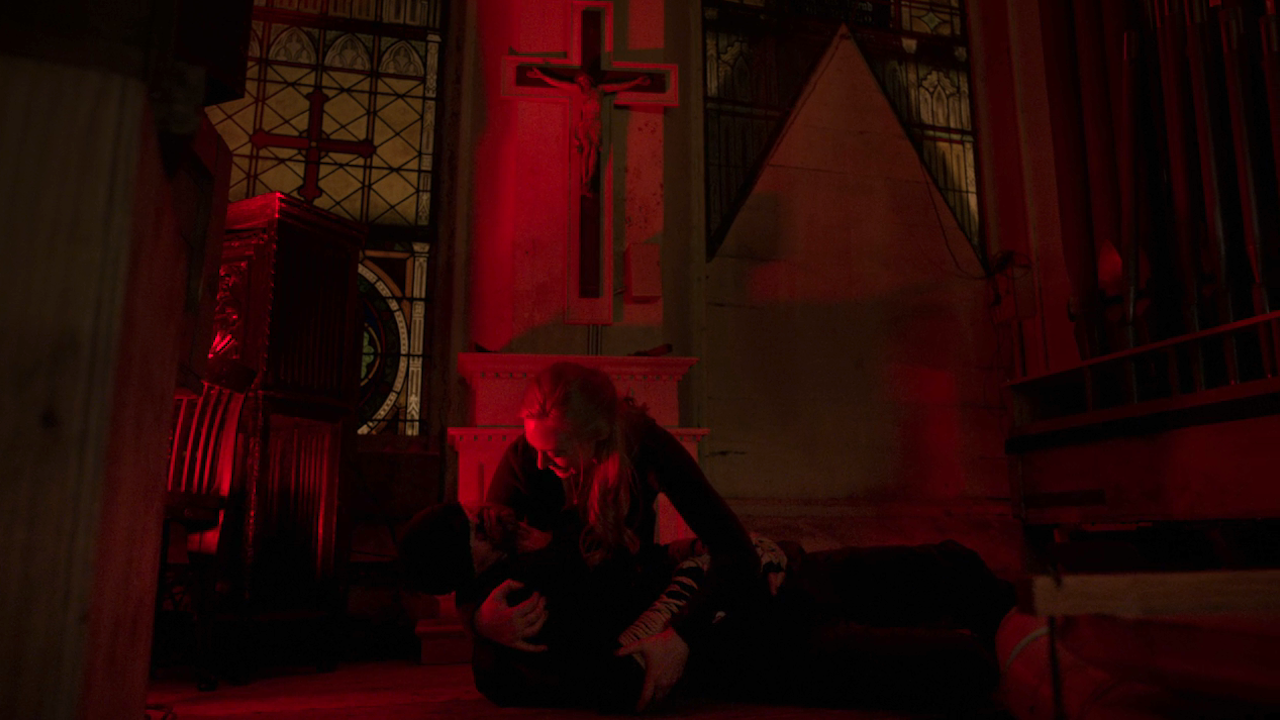In the sprawling tapestry of the Marvel Cinematic Universe, a universe built on the grandeur of cosmic battles and the spectacle of superheroic feats, a darker, grittier corner emerged in 2015. It was a corner defined by the rain-soaked streets of Hell’s Kitchen, the visceral brutality of hand-to-hand combat, and the moral complexities of a blind lawyer turned vigilante. This was the world of “Daredevil,” a Netflix series that, far from being a mere footnote in the MCU’s grand narrative, served as a crucial catalyst, a bold experiment that redefined the boundaries of superhero storytelling and, in turn, profoundly influenced the MCU’s trajectory.
Before the sprawling, interconnected saga of the MCU became synonymous with cinematic blockbusters, “Daredevil” offered a starkly different vision. It was a plunge into the shadows, a deliberate departure from the vibrant, often lighthearted tone that had become the hallmark of Marvel’s big-screen adventures. This wasn’t about saving the universe from alien invasions; it was about protecting a neighborhood from the insidious rot of organized crime, a fight waged in the back alleys and dimly lit warehouses of a city teetering on the edge of chaos.
“Daredevil” arrived at a critical juncture for Marvel. The MCU was expanding rapidly, exploring new genres and pushing the boundaries of its storytelling. While the cinematic universe was captivating audiences with its epic scale, there was a growing appetite for stories that explored the darker, more human side of heroism. “Daredevil,” with its mature themes, unflinching violence, and nuanced characters, was poised to fill that void. It was a gamble, a test of whether audiences would embrace a more grounded, morally ambiguous take on the superhero genre.
More than just a standalone series, “Daredevil” was a vital bridge, connecting the cinematic MCU to a more mature, serialized realm. The series not only introduced iconic characters like Matt Murdock, Wilson Fisk, and Karen Page to a wider audience, but it also established a template for the subsequent Marvel Netflix shows, collectively forming a cohesive and impactful corner of the MCU. The enduring power of “Daredevil” is undeniable, so much so that its story is far from over. Years after its conclusion, the fervor surrounding the series has culminated in the highly anticipated revival, “Daredevil: Born Again,” set to premiere on Disney+.
This resurgence underscores the profound impact the original series had on audiences and the MCU itself, demonstrating that its gritty realism and compelling characters have left an indelible mark. This reintegration has been further cemented by the reappearance of Matt Murdock and Wilson Fisk in key MCU projects. Matt’s legal expertise was showcased in “Spider-Man: No Way Home,” his superheroic abilities in “She-Hulk: Attorney at Law,” and Fisk’s return in “Hawkeye” and “Echo”, each cameo serving as a clear signal of their re-establishment within the main MCU timeline. These appearances are not mere fan service; they are a testament to the character’s enduring significance and the seamless blending of the Netflix world into the broader cinematic universe.

In the years since its debut, “Daredevil” has garnered critical acclaim and a devoted fanbase, solidifying its place as a landmark achievement in superhero television. Now without further ado, let’s delve into some behind-the-scene facts about the original Daredevil run.
1. Charlie Cox’s Immediate Connection: A Deep Dive into the Scripts
When Charlie Cox received the initial scripts, he wasn’t just casually impressed; he was profoundly moved. He has expressed that the writing’s raw, character-driven nature felt like a breath of fresh air. The scripts masterfully balanced the gritty realism of Hell’s Kitchen with the complex moral dilemmas faced by Matt Murdock. Cox was particularly drawn to the way the show explored Matt’s internal conflicts, his struggle between his faith, his desire for justice, and his burgeoning vigilante persona. Initially called to audition for the role of Foggy Nelson, Matt’s best friend and fellow lawyer, he told Marvel executives that he would only sit down for the lead.
2. The St. Agnes Orphanage Connection: A Saga of Shared Origins
A notable point of connection is the presence of St. Agnes’ Orphanage that is mentioned in “Daredevil”. Matt Murdock grew up at St. Agnes’, and it’s also referenced in “Agents of S.H.I.E.L.D.” as a place where Skye (later Daisy Johnson) spent time. This shared location provides a subtle link between the street-level world of “Daredevil” and the broader, more global adventures of S.H.I.E.L.D. This is a good example of how even when shows are not doing large crossovers, that small details can make the world feel connected.
Read More Related to Facts about Marvel’s Daredevil: The Problem With Cinematic Universes
3. The “One-Shot” Hallway Fight’s Impact and Inspiration: More than just any action scene
The now-iconic hallway fight sequence in season one, episode two, “Cut Man,” was a meticulously choreographed and executed “one-shot” (or, more accurately, a sequence of cleverly edited shots). This sequence wasn’t just a spectacle of violence; it served to establish the raw, brutal, and often desperate nature of Daredevil’s fighting style. The creators drew inspiration from films like “Oldboy” and aimed to portray a more grounded and realistic depiction of combat. This scene resonated so strongly with viewers that it became a hallmark of the series, influencing future action sequences in the show and other Marvel Netflix series. Each season tried to up the ante with longer and more complex fight scenes, but the original hallway fight remains a defining moment.
4. Vincent D’Onofrio’s Transformative Performance: Unraveling the Layers of Wilson Fisk
Vincent D’Onofrio didn’t just play Wilson Fisk; he inhabited him. He delved deep into the character’s psyche, exploring his motivations, his vulnerabilities, and his capacity for both tenderness and brutality. D’Onofrio’s portrayal was marked by subtle nuances and carefully crafted gestures, conveying the character’s inner turmoil and his struggle for control. He gave Wilson Fisk a child-like personality, that when he did not get his way, he would lash out in very violent ways. He brought a level of humanity to the villain, making him both terrifying and sympathetic.
5. Grounded Realism in Fight Choreography: Emphasizing Brutality and Impact
The fight choreography in “Daredevil” was a deliberate departure from the stylized, acrobatic combat seen in many superhero productions. The show’s creators aimed for a more grounded and brutal approach, emphasizing the physical consequences of violence. This required extensive training for the actors and stunt performers, who learned to execute realistic punches, kicks, and grappling techniques. The fight scenes were often messy and chaotic, reflecting the unpredictable nature of street fights. This commitment to realism added a layer of intensity and authenticity to the show, making the action feel more impactful and visceral.
6. The Importance of Practical Effects: Creating a Tangible World
“Daredevil” prioritized practical effects whenever possible, contributing to its gritty and authentic aesthetic. The production team utilized realistic makeup, set design, and stunt work to create a tangible world that felt lived-in and believable. This approach minimized the reliance on CGI, which can often detract from the realism of a scene. The use of practical effects added a sense of weight and physicality to the action, making the violence feel more impactful and the characters more vulnerable.
7. The “Red” Color Grading: A Visual Cue
The use of the color red was a very important tool for the film makers. It was used to help signify when the show was focusing on Daredevil. When Matt Murdock was using his enhanced senses, or when he was in his Daredevil persona, the color red would be more prominent. This helped the audience to visually understand what was happening.
8. The Shifting MCU Connection: From Separation to Revival
At the inception of the Netflix Marvel series, including “Daredevil,” there was a strong intent to integrate them closely with the broader Marvel Cinematic Universe. References to “the incident” from “The Avengers” were sprinkled throughout, and the shows were designed to exist within the same continuity. However, as time progressed, the degree of interconnectedness began to diminish. Creative differences, logistical challenges, and the evolving landscape of the MCU contributed to this shift. While the shows remained within the same general universe, their direct ties to the films became less pronounced. However, in later years, Daredevil and Kingpin have been re-integrated into the MCU. Charlie Cox reprised his role in “Spider-Man: No Way Home,” and Vincent D’Onofrio returned as Kingpin in “Hawkeye.” Furthermore, a new “Daredevil: Born Again” series is in production, signaling a full revival and integration of the character into the MCU’s future.
9. Columbia Law School error: Continuity Goofs
Within the second season of “Daredevil,” a continuity error occurs when Matt Murdock states he has never been north of 116th street. This statement directly conflicts with the established fact that Matt Murdock attended Columbia Law School. Columbia University and its law school reside north of 116th street in the Morningside Heights neighborhood of Manhattan. This type of error can occur during production, and shows that even with very high quality shows, small mistakes can be made.
10. “Daredevil” posters: A Connection with Historical and Biblical Arts
Netflix’s promotional campaign for “Daredevil,” especially its second season, strategically employed visual references to canonical works of historical and biblical art. The posters, mirroring paintings by Caravaggio, Michelangelo, and Peter Paul Rubens, served to underscore the series’ thematic exploration of Catholicism. Jon Bernthal’s portrayal of Frank Castle/Punisher was introduced with a poster reminiscent of Caravaggio’s “David Holding the Head of Goliath,” while the season’s primary poster evoked the grandeur of Michelangelo’s “Sistine Chapel.” Daredevil’s solo poster drew inspiration from Rubens’ “St. Sebastian,” and the concluding poster for season two incorporated elements of Michelangelo’s “Last Judgment.” These deliberate artistic parallels not only highlighted Matt Murdock’s devout Catholicism but also elevated the show’s narrative, rendering its thematic concerns more universally resonant.









Very detailed description of the subject really enjoyed the whole summary of the series